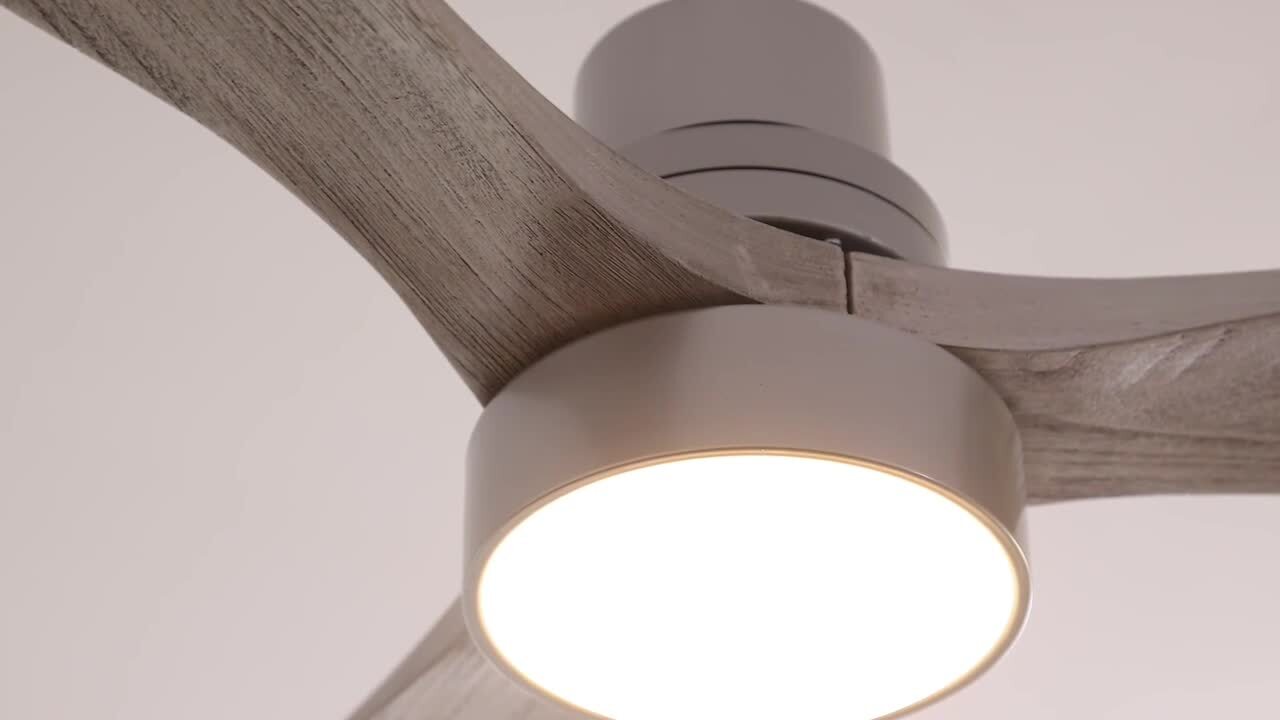

Articles
How To Dispose Ceiling Fans
Modified: October 20, 2024
Looking for articles on how to dispose of ceiling fans? Learn the proper methods and guidelines for safely disposing of ceiling fans in this comprehensive guide.
(Many of the links in this article redirect to a specific reviewed product. Your purchase of these products through affiliate links helps to generate commission for Storables.com, at no extra cost. Learn more)
Introduction
Ceiling fans are a popular addition to many homes, providing a refreshing breeze and helping to keep the space cool during hotter months. However, like any other electrical appliance, there may come a time when you need to dispose of your ceiling fan. Whether it’s due to damage, upgrading to a new model, or simply wanting a change, it’s important to know the proper way to dispose of your old ceiling fan.
Disposing of a ceiling fan may seem like a straightforward task, but it’s essential to do it safely and responsibly. This article will guide you through the steps of how to dispose of a ceiling fan, ensuring that you not only remove it from your home but also consider the environmental impact.
Before you begin the disposal process, it’s crucial to consider the age and condition of the fan. If your fan is still in good working condition and relatively new, it may be worth considering donating it to a local charity or community organization. Many people would be grateful to receive a functioning ceiling fan, especially during the hotter months.
If, however, your ceiling fan is old, damaged, or no longer functional, it’s time to move forward with the disposal process. Proper disposal involves several steps, including turning off the power, removing the fan blades, disconnecting the electrical connections, dismantling the fan housing, disposing of the various components, and recycling or discarding the fan motor.
By following these steps and taking the time to dispose of your ceiling fan correctly, you can ensure that it is safely removed from your home and that its components are disposed of in an environmentally-friendly manner. Whether you choose to recycle the fan or discard it, being responsible in the disposal process is crucial for minimizing waste and protecting our planet.
Now that you have an overview of what we will cover in this article, let’s dive into the step-by-step process of disposing of a ceiling fan. Remember to always prioritize safety and environmental considerations as you go through each stage.
Key Takeaways:
- When disposing of a ceiling fan, prioritize safety by turning off the power and handling components with care. Consider recycling, repurposing, or donating parts to minimize waste and contribute to a sustainable future.
- Proper disposal of a ceiling fan involves disconnecting electrical connections, dismantling the fan housing, and recycling or discarding components responsibly. By following these steps, you can make a positive impact on the environment.
Step 1: Turn off the power
Before you begin the process of disposing of your ceiling fan, it’s crucial to ensure your safety by turning off the power. This step protects you from potential electrical hazards and prevents accidental activation of the fan during the disposal process.
Start by locating the circuit breaker or fuse box in your home. It is usually found in the basement, utility room, or garage. Open the circuit breaker panel or fuse box cover to expose the switches or fuses.
Look for the circuit breaker or fuse that corresponds to the ceiling fan. Most fans have a dedicated circuit breaker or fuse for added safety. If you are unsure which one controls the fan, you can turn off the main breaker or fuse to shut off power to the entire house. However, this should be a last resort option as it will also turn off power to other critical appliances and areas of your home.
Once you have identified the correct breaker or fuse, switch it to the “off” position or remove the fuse to cut off power to the ceiling fan. To ensure that the power is truly disconnected, test the fan by using the wall switch or remote control. If the fan doesn’t turn on, then you have successfully cut off power.
For added safety, it is also a good practice to place a piece of electrical tape over the wall switch or remote control that controls the fan. This helps prevent someone from accidentally switching on the power while you are in the process of disposing of the fan.
Remember, safety should always be your top priority when working with electrical appliances. Turning off the power ensures that you can safely handle the fan and its components during the disposal process without any risk of electric shock or injury.
Now that you have turned off the power to your ceiling fan, you can proceed to the next step of the disposal process, which is removing the fan blades.
Step 2: Remove the fan blades
With the power turned off and the fan safely disconnected from the electrical supply, it’s time to remove the fan blades. This step makes the disposal process easier and reduces the risk of damage or injury during handling.
Start by locating the screws or fasteners that attach the fan blades to the motor housing. Typically, there are two to three screws or bolts holding each blade in place. Use a screwdriver or wrench, depending on the type of fasteners used, to remove them.
As you remove the screws or bolts, be sure to keep them in a safe place. You may need them later if you plan to recycle or donate the fan blades separately.
Once the fasteners are removed, gently lift each blade away from the motor housing. Be careful as the blades can be heavy, especially if they are made of metal. Place the removed blades aside to avoid any accidental damage.
Inspect the fan blades for any signs of damage or wear. If the blades are in good condition, you may consider donating or repurposing them for other projects. Upcycling the blades into decorative pieces or outdoor art can be a fun and creative way to give them a new life.
If the blades are damaged or no longer usable, it’s time to move on to the next step of the disposal process. Properly disposing of the fan blades ensures that they are not adding to the waste stream and are disposed of in an environmentally-friendly manner.
Depending on your local recycling facilities and regulations, you can explore options for recycling the fan blades. Check with your local recycling center to see if they accept metal or plastic fan blades. If they do, they will provide specific instructions on how to prepare and drop off the blades for recycling.
If recycling is not an option, you can dispose of the fan blades in your regular trash. However, it is always a good practice to check with your local waste management authority to confirm the proper disposal method. They may have specific guidelines for disposing of large or non-recyclable items like fan blades.
Removing the fan blades is an important step in the disposal process, as it allows for easier handling and reduces the overall size of the fan. With the blades safely removed, you can now move on to the next step, which is disconnecting the electrical connections.
Step 3: Disconnect the electrical connections
Now that the fan blades have been safely removed, it’s time to disconnect the electrical connections of the ceiling fan. This step ensures that there is no active electrical current flowing through the fan and makes it easier to proceed with dismantling and disposing of the remaining components.
Before you begin, double-check that the power to the fan is still turned off. You can use a voltage tester to confirm that there is no electrical current present. It’s always better to be safe than sorry!
Next, locate the electrical connections where the fan is attached to the ceiling. There is typically a canopy cover that conceals the wiring and electrical connections. Use a screwdriver to remove the screws holding the canopy cover in place, exposing the electrical connections.
Now, carefully disconnect the wires that are connecting the fan to the electrical supply. Most ceiling fans have three wires: a black wire, a white wire, and a green or copper grounding wire. The black wire is the hot wire, the white wire is the neutral wire, and the grounding wire is for safety.
To disconnect the wires, start by removing the wire nuts or twist-on connectors that hold them together. Twist the wire nut counterclockwise or unscrew the twist-on connector to release the wires. Once the wires are separated, cover each wire end with electrical tape to prevent accidental contact and to keep them insulated.
After disconnecting the wires, lower the canopy cover and set it aside. You may need it later if you plan to recycle or donate the fan canopy separately.
Inspect the wires for any signs of damage or wear. If the wires are damaged, it’s important to replace them before installing a new ceiling fan. However, if the wires are in good condition, you can leave them in place for future use or consult with a professional electrician for guidance.
Now that the electrical connections are safely disconnected, you can move on to the next step of dismantling the fan housing. Properly disconnecting the electrical connections ensures your safety and allows for a smooth and organized disposal process.
When disposing of a ceiling fan, be sure to check with your local waste management facility for proper disposal guidelines. Many parts of the fan, such as the motor and metal components, can often be recycled.
Step 4: Dismantle the fan housing
With the electrical connections safely disconnected, it’s time to dismantle the fan housing. This step involves removing the remaining components of the fan, such as the motor housing, downrod, and any other attachments.
Start by removing the screws or bolts that secure the motor housing to the ceiling mount. Depending on the design of your ceiling fan, there may be multiple screws or bolts holding it in place. Use a screwdriver or wrench, as needed, to loosen and remove them.
Once the screws or bolts are removed, carefully lower the motor housing and set it aside. Be mindful of any wires that may still be attached to the housing. If there are wires still connected, disconnect them following the same procedures outlined in Step 3.
Inspect the motor housing for any signs of damage or wear. If the housing is in good condition, you may consider repurposing it for other DIY projects or donating it to a local recycling center or thrift store.
Next, remove the downrod if your ceiling fan is equipped with one. The downrod is the pipe-like extension that connects the motor housing to the mounting bracket. Loosen the set screw or lock nut that holds the downrod in place and carefully slide it out.
Inspect the downrod for any damage or wear. If it’s in good condition, you may be able to reuse it for another ceiling fan installation. Otherwise, consider recycling or donating it to prevent it from ending up in the landfill.
Lastly, remove any additional attachments, such as light fixtures or decorative covers, if they are present on your ceiling fan. Follow the manufacturer’s instructions to safely detach these components and set them aside for further consideration.
By dismantling the fan housing and removing all its components, you are making the disposal process more manageable and reducing the overall bulk of the fan. Now that you have successfully dismantled the fan housing, you can proceed to the next step of disposing of the fan components.
Remember to handle the components with care and dispose of them responsibly, keeping in mind any local regulations or recycling options for each specific part.
Read more: How A Ceiling Fan Works
Step 5: Dispose of the fan components
Now that the fan housing and its various components have been dismantled, it’s time to properly dispose of them. This step involves separating the different materials of the fan for recycling or discarding them in an environmentally-friendly manner.
Start by organizing the different components into separate piles based on their material. For example, you may have a pile for metal parts like the motor housing, downrod, and screws, and another pile for plastic parts like fan blade holders or decorative covers.
Once the components are sorted, consider recycling options for each material. Metal components, such as the motor housing and screws, are usually accepted at metal recycling facilities. Check with your local recycling center to determine their accepted materials and procedures. Ensure that any plastic parts you wish to recycle are also accepted. Some recycling centers have specific requirements for plastic recycling.
If recycling is not available or feasible for certain components, you can dispose of them in your regular trash. However, be sure to check with your local waste management authority for any specific guidelines or restrictions related to disposing of large or non-recyclable items like fan components.
Remember to handle any sharp or potentially hazardous materials, such as screws or metal shards, with care. Use gloves or tools to safely gather and dispose of these components.
Consider repurposing or upcycling any fan components that are still in good condition. For example, you can repurpose the metal motor housing as a plant holder, or use the plastic decorative covers for crafts or DIY projects. Creative reuse of these components helps reduce waste and gives them a second life.
If you prefer, you can also explore the option of donating the fan components to a local charity or community organization. Some non-profit organizations may accept gently used or functional components for resale or use in community projects. Check with local furniture banks, thrift stores, or community centers to see if they accept these types of donations.
By responsibly disposing of the fan components, you are minimizing waste and reducing the environmental impact of your disposal process. Now that you have completed this step, you can move on to the final step, which is properly recycling or discarding the fan motor.
Step 6: Properly recycle or discard the fan motor
In the final step of disposing of your ceiling fan, it’s important to focus on the proper recycling or discarding of the fan motor. The motor contains various components that should be handled in an environmentally-friendly manner to minimize waste and promote sustainability.
First, check with your local recycling centers to determine if they accept electric motors for recycling. Many recycling facilities have specific guidelines and procedures for recycling electric motors. They may require you to separate the motor from its housing or provide instructions on how to prepare and drop off the motor for recycling.
If recycling is not readily available in your area, you can consider contacting local scrap metal recyclers. Some scrap metal yards accept electric motors for recycling as they contain valuable metals like copper. They can provide guidance on how to prepare and deliver the motor for recycling.
In some cases, if the motor is not reusable or recyclable, it may need to be discarded. However, it’s crucial to follow proper disposal methods to avoid any negative environmental impact. Check with your local waste management authority for guidelines on how to safely dispose of non-recyclable electric motors. They may have specific instructions on how to handle and dispose of them responsibly.
When discarding the motor, be sure to remove any wiring or electrical components from it. These should be disposed of separately according to your local guidelines for electrical waste disposal.
Remember, it’s important to prioritize environmental sustainability when disposing of the fan motor. By recycling or properly discarding it, you contribute to the reduction of waste and the conservation of valuable resources.
Finally, take a moment to reflect on your disposal process and consider if there are any other components that can be reused, repurposed, or donated. Think creatively and look for opportunities to give new life to any remaining fan parts. This can contribute to a more sustainable and responsible approach to disposal.
With the fan motor properly recycled or discarded, you have successfully completed the disposal process for your ceiling fan. By following these steps and responsibly disposing of each component, you have ensured that your old fan is removed from your home in an environmentally-friendly manner.
Conclusion
Disposing of a ceiling fan may seem like a simple task, but it’s essential to approach it with safety and environmental responsibility in mind. By following the step-by-step process outlined in this article, you can ensure that your ceiling fan is properly disposed of and its components are handled in an environmentally-friendly manner.
Throughout the disposal process, prioritizing safety is crucial. Always remember to turn off the power before starting any work, and take necessary precautions to avoid electrical hazards. Additionally, handle components with care to avoid injury and follow any local regulations related to disposal methods.
Properly disposing of your ceiling fan also involves being mindful of the environment. Whenever possible, consider reusing or repurposing components or donating the fan to someone in need. Recycling the various materials, such as metal and plastic, helps reduce waste and contributes to a more sustainable future.
By taking the time to dispose of your ceiling fan responsibly, you are contributing to the preservation of our environment. You are reducing waste and minimizing the negative impact that discarded appliances can have on our planet.
Remember, whether you’re upgrading to a new fan, replacing a damaged one, or simply looking for a change, the disposal process is an essential part of the product lifecycle. By following the steps outlined in this article, you can ensure that your old ceiling fan is properly removed from your home and disposed of in an eco-friendly manner.
Always stay informed about your local recycling and waste management guidelines to make the best decisions for your specific area. By doing so, you can feel confident that you have made a positive impact and contributed to a more sustainable future.
So, when it’s time to say goodbye to your old ceiling fan, remember the steps outlined in this article and take the necessary measures to dispose of it responsibly. By doing so, you can make a difference and contribute to a cleaner, greener planet.
Once you've mastered disposing of ceiling fans, you might find yourself curious about tackling specific models. For instance, if a Harbor Breeze fan hangs overhead, removing it safely and efficiently becomes crucial for updating your space or preparing for a replacement. Our guide on ceiling fan removal provides step-by-step instructions tailored to ensure you can handle the task with confidence and ease. Don't miss out on learning these crucial skills!
Frequently Asked Questions about How To Dispose Ceiling Fans
Was this page helpful?
At Storables.com, we guarantee accurate and reliable information. Our content, validated by Expert Board Contributors, is crafted following stringent Editorial Policies. We're committed to providing you with well-researched, expert-backed insights for all your informational needs.
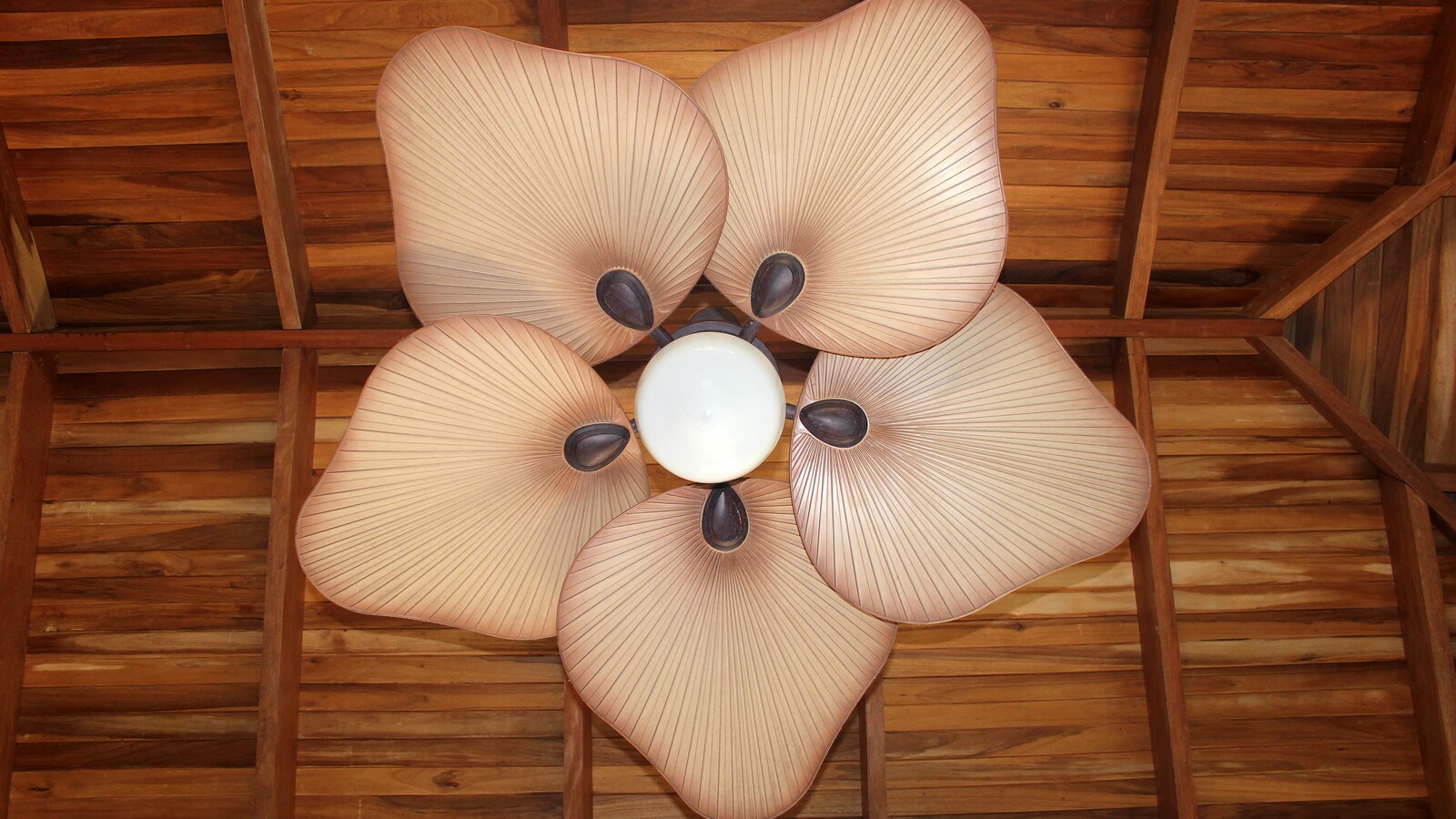

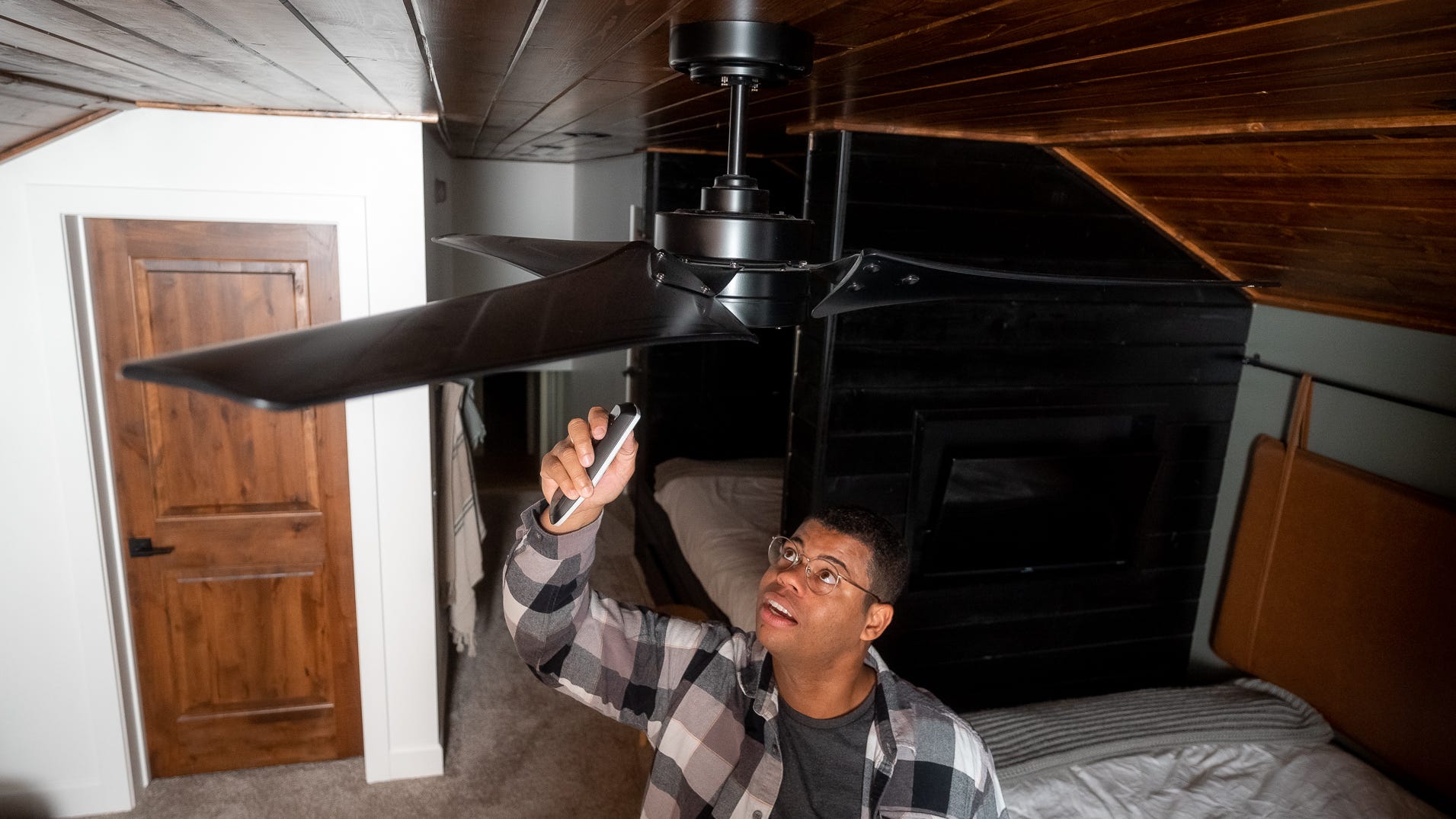
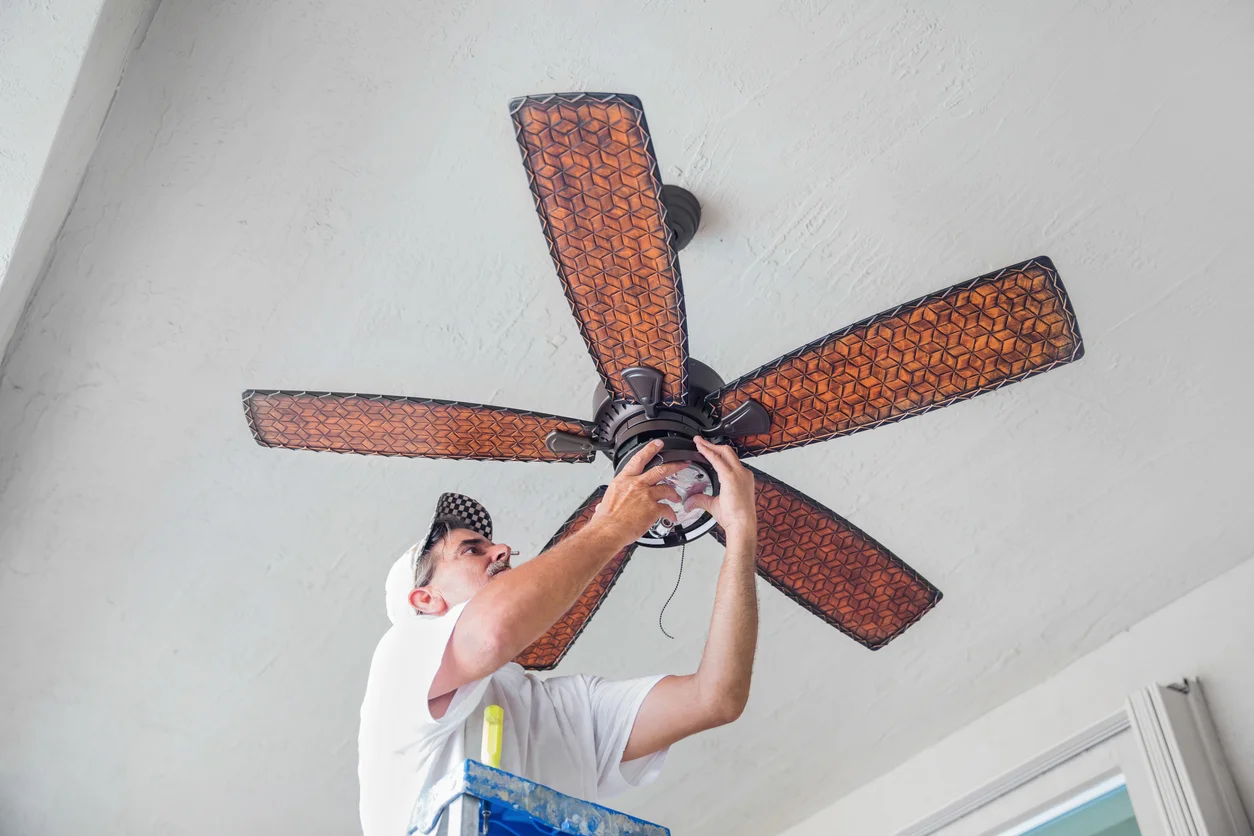
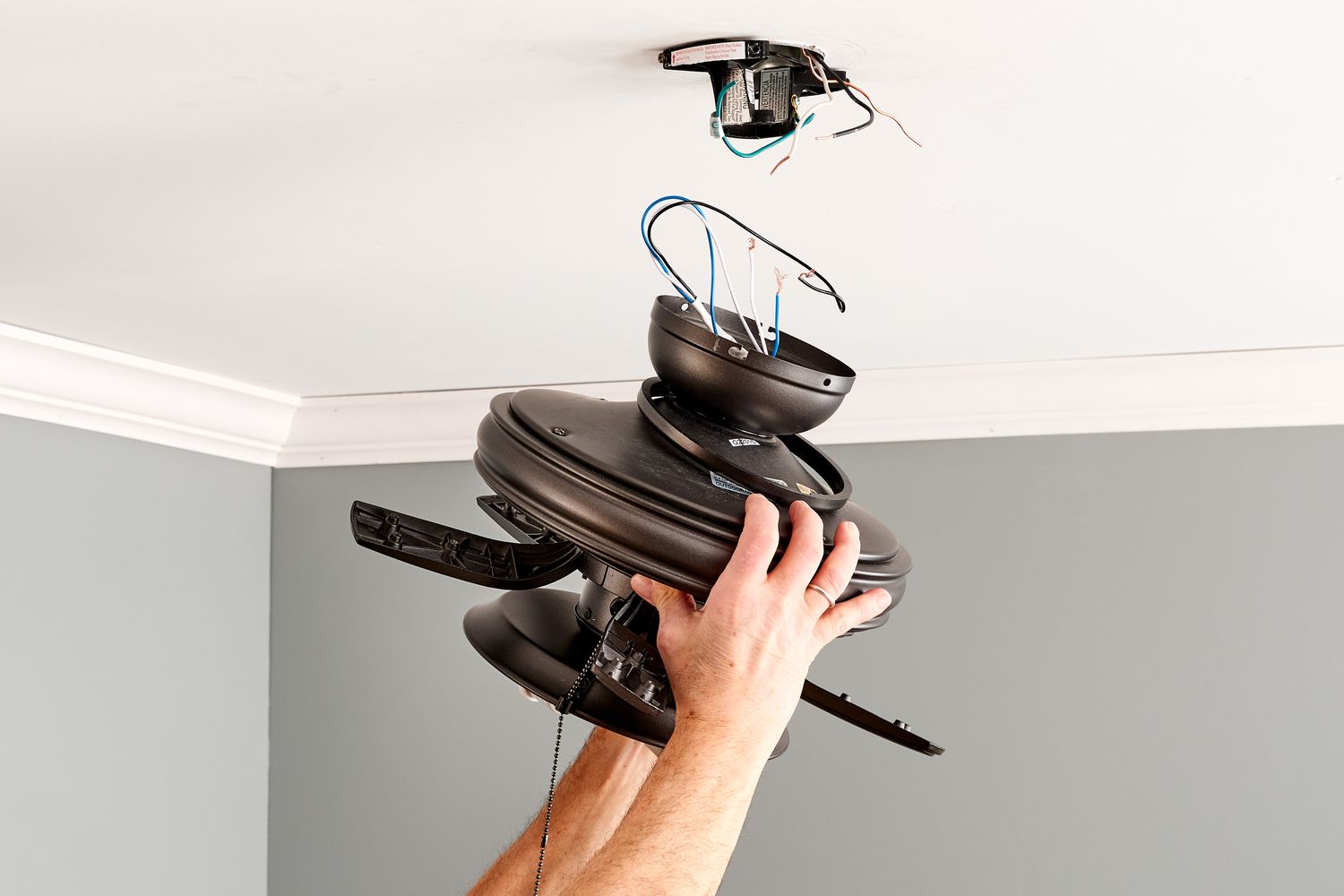
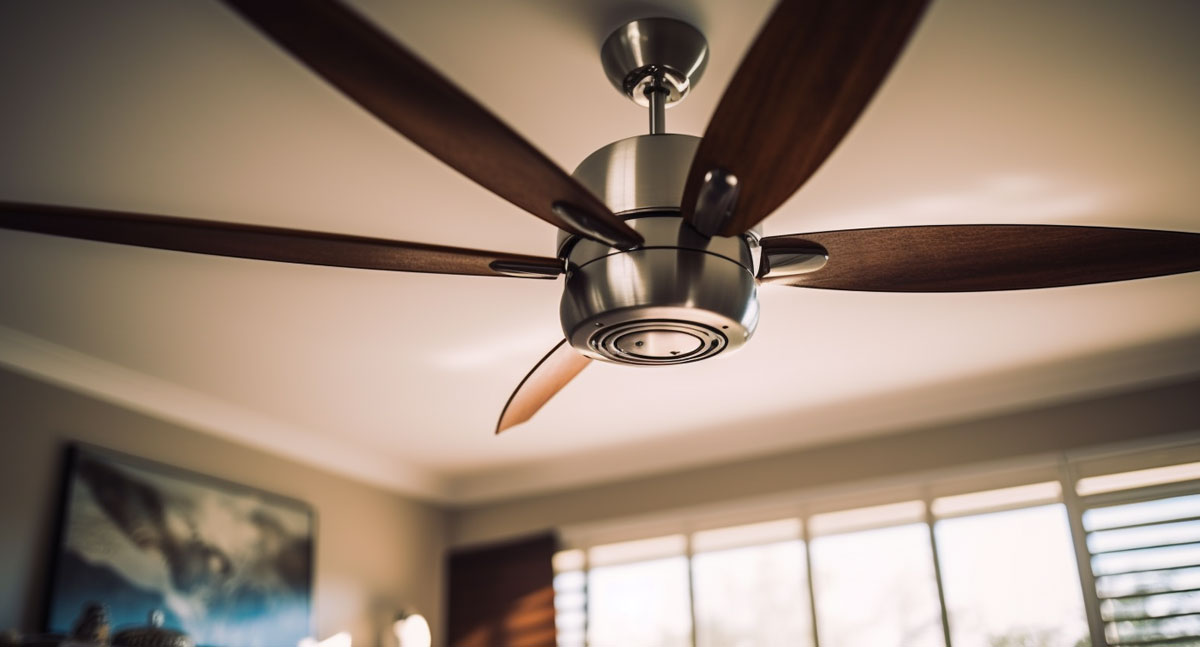
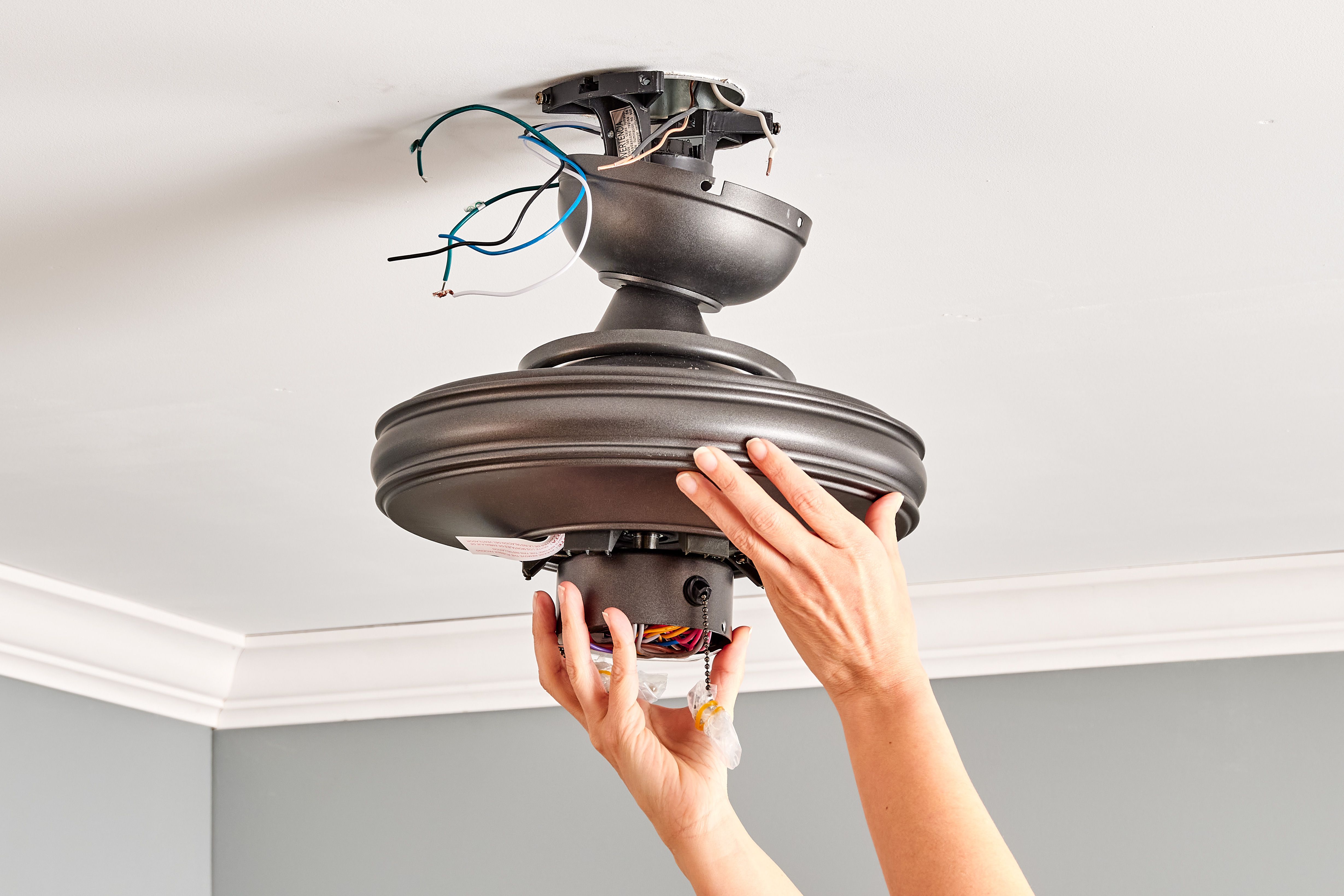
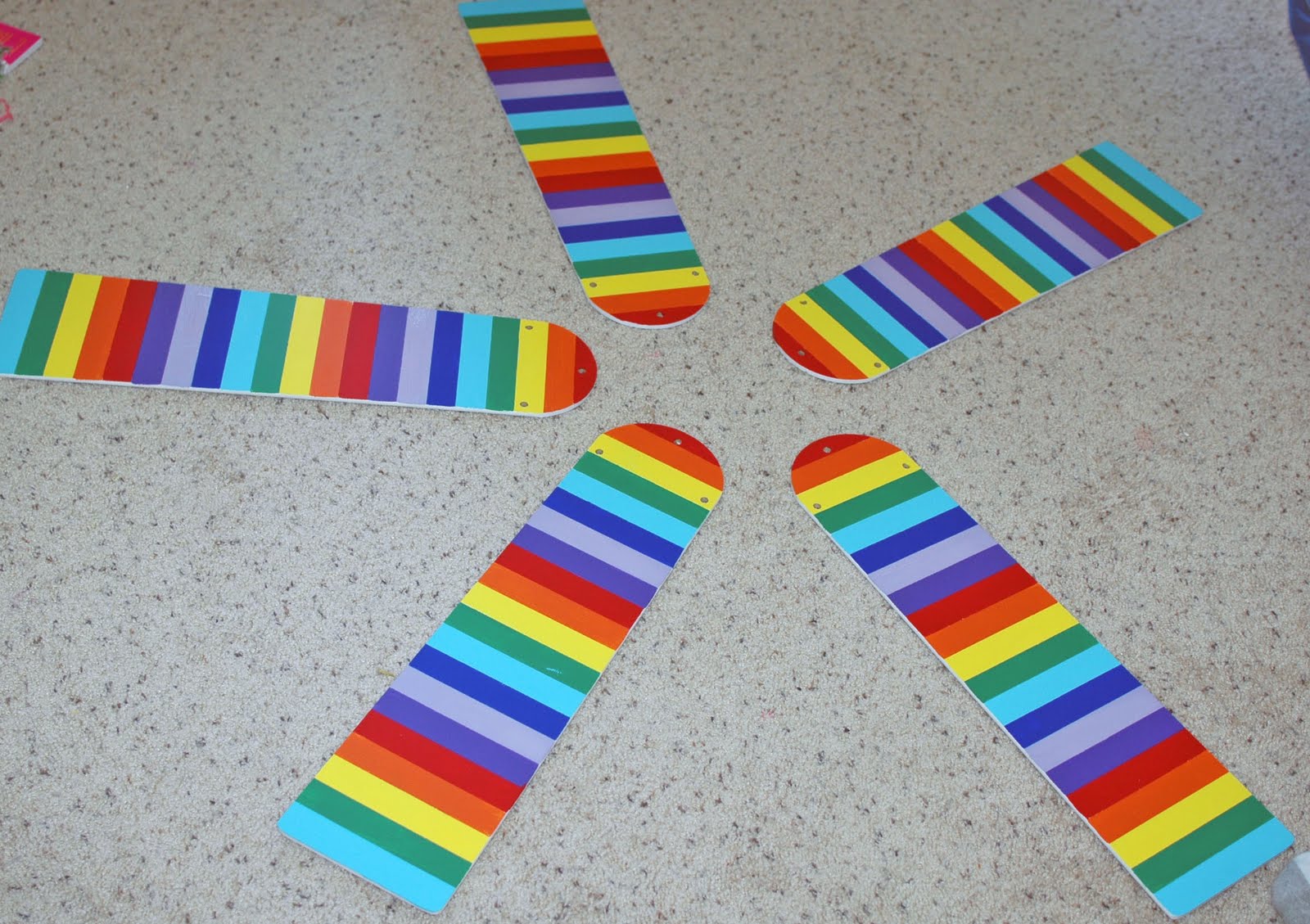

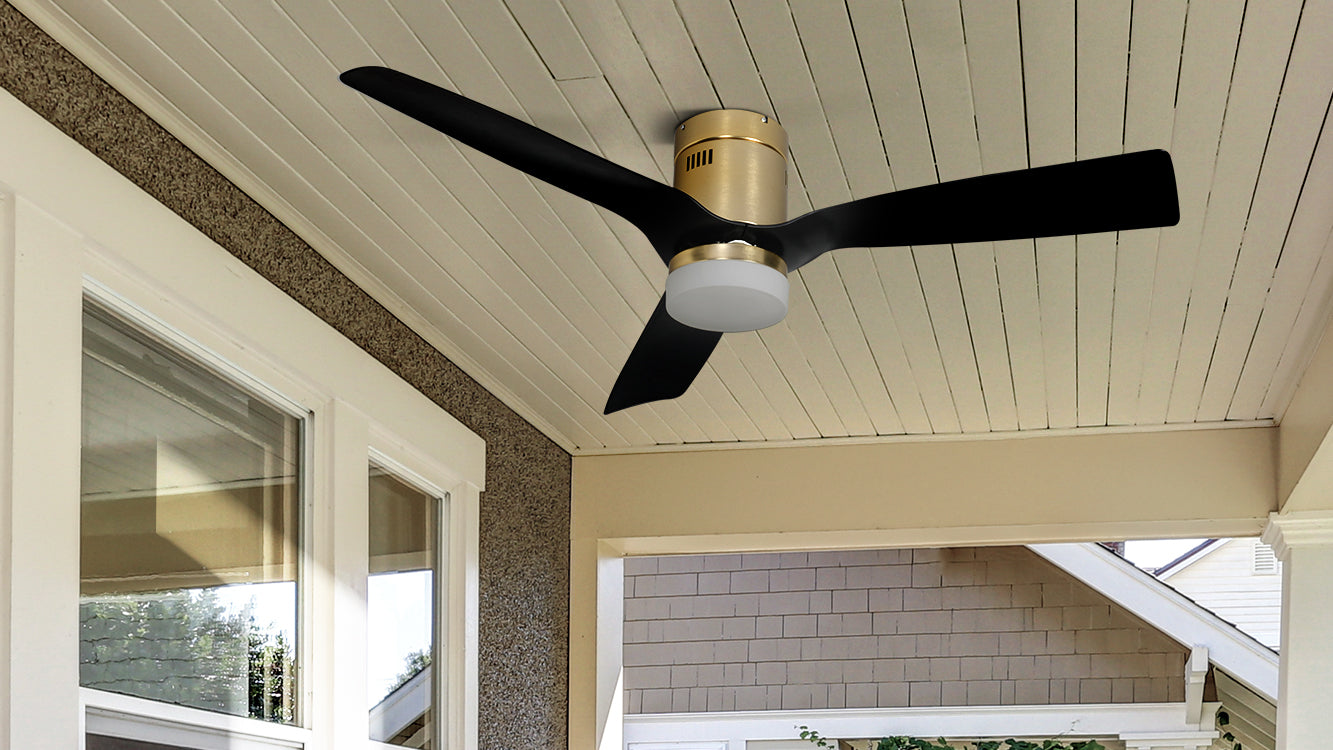
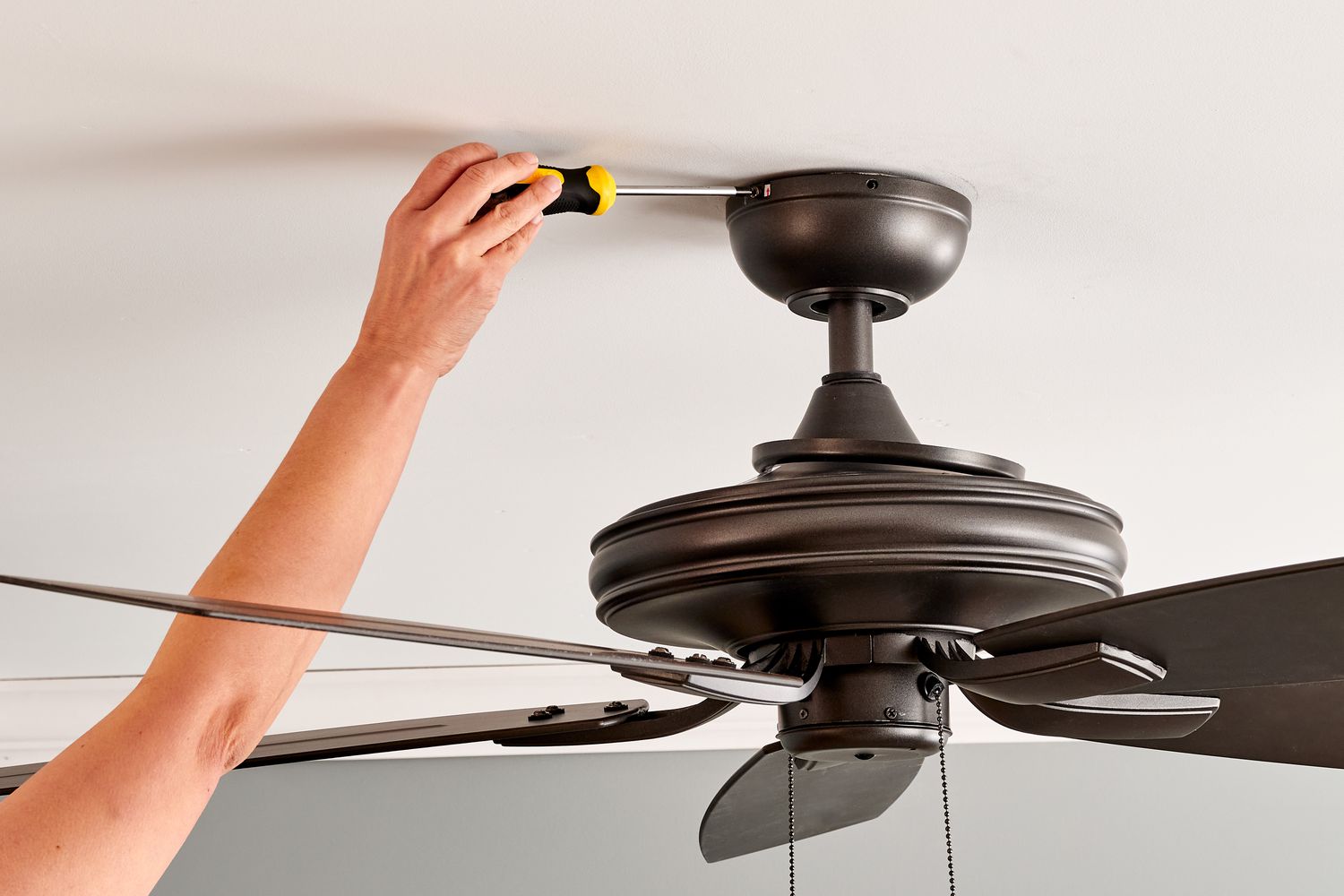
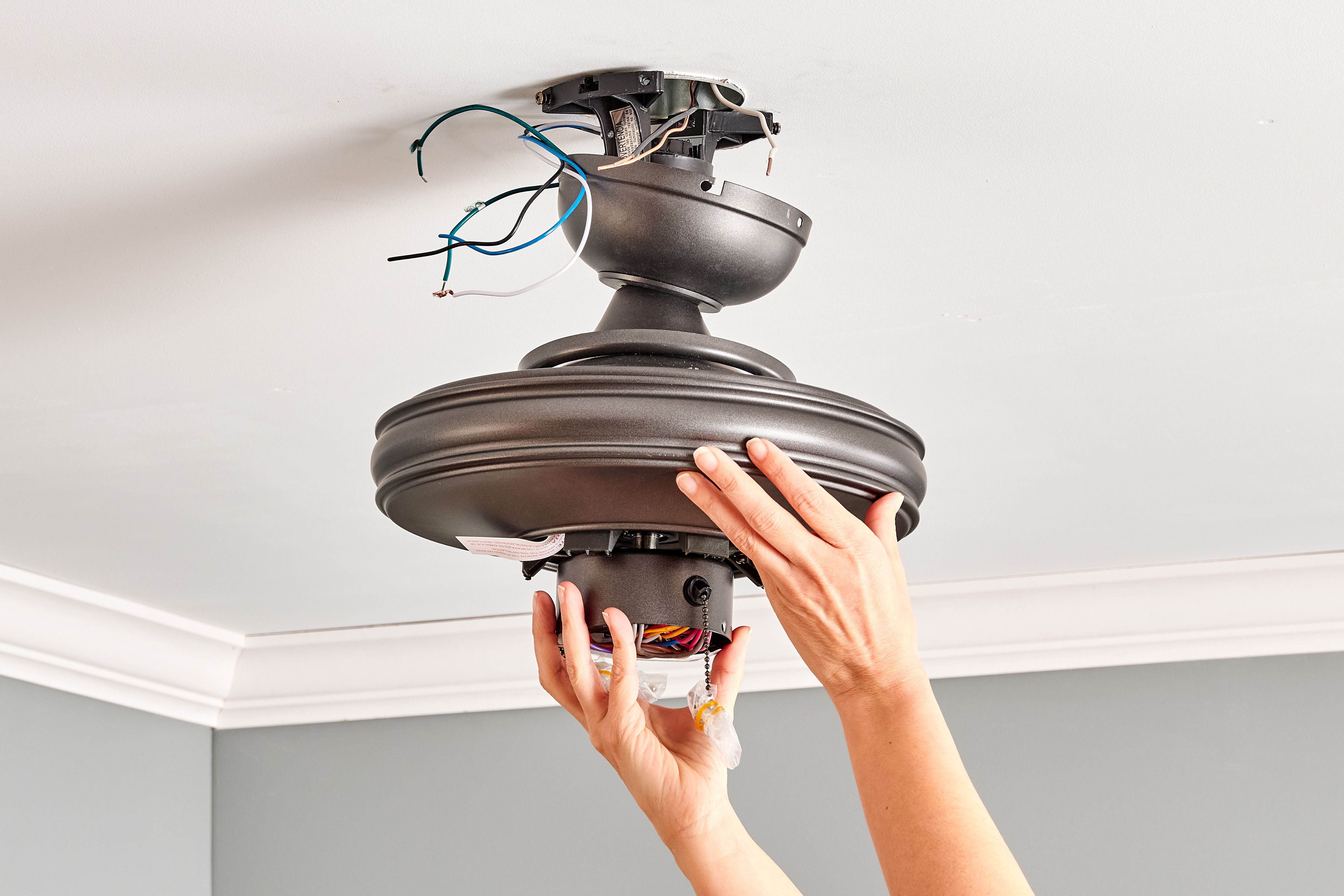
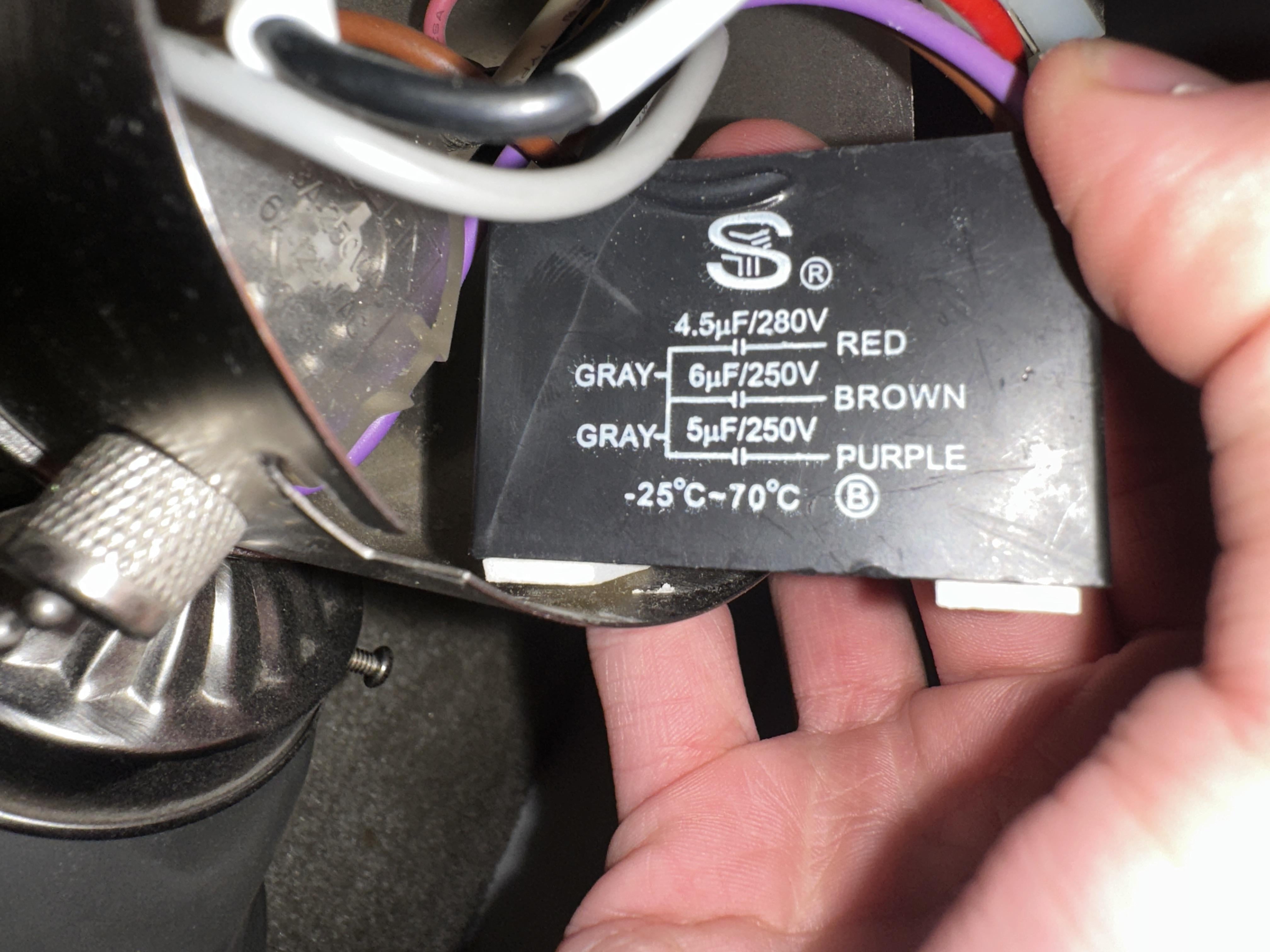
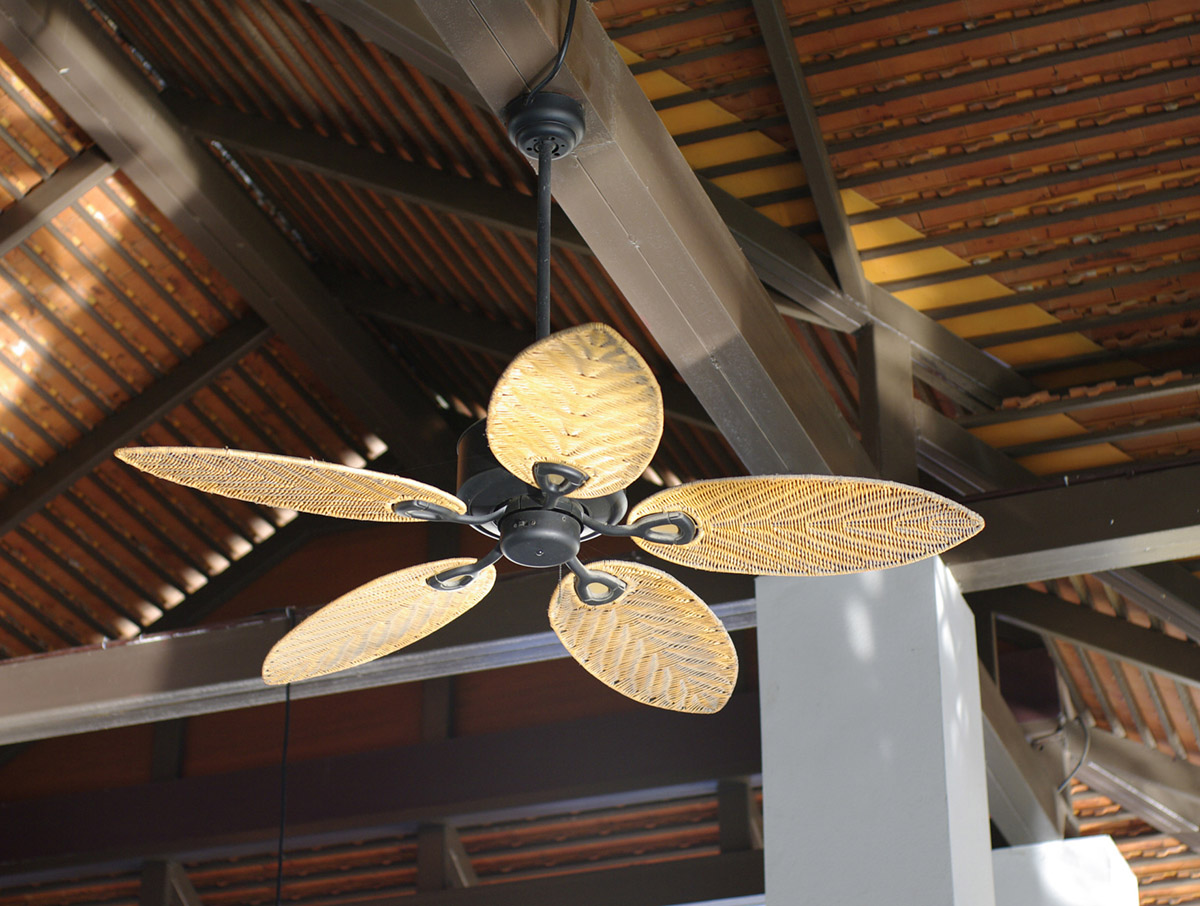

0 thoughts on “How To Dispose Ceiling Fans”